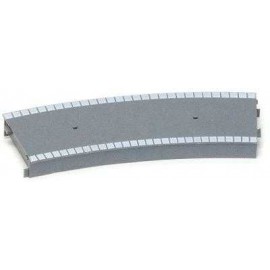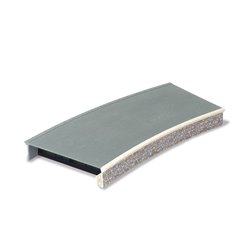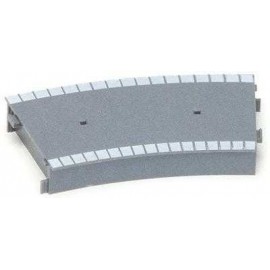There are lots of manufacturers making OO gauge engines. The most common ones are Hornby, Bachmann but there are also...
No products
Product successfully added to your shopping cart
There are 0 items in your cart. There is 1 item in your cart.
Search Tips
In the case of a curved station platform, how far should the track be from the platform to avoid damage to the train?
A curved station platform can be a challenging feature to design and construct. One important consideration is the distance between the track and the platform, which can affect the safety of the layout and the durability of the rolling stock.
As a rule of thumb, the track should be positioned as far away from the platform as possible without compromising the appearance and functionality of the layout. This is particularly important in the case of a curved platform, as the distance between the track and the platform can vary significantly depending on the angle of the curve. Additionally, it is also important to ensure that both the track and platform segment are of a similar or identical radius, otherwise pinching or distance issues are likely to result.
In the case of OO/HO Gauge, a distance of around 5-7mm between the track and the platform is recommended for curved platforms, although this can vary depending on the scale of the layout and the size of the rolling stock being used. If the track is positioned too close to the platform, there is a risk of damage to the rolling stock, as it may come into contact with the platform or the platform edge.
The best solution to this problem may be to take a bespoke approach. Each layout is different and so testing the distance before the final placement of either the track or station platform is a good idea. This will allow a modeller to determine which distances work best in relation to the safe movement of the train whilst also addressing the aesthetics of the train when it appears stopped at the station.
Modellers should aim to strike a balance between safety and aesthetics when designing and constructing a curved station platform, taking into account the specific needs and requirements of their layout.
Click here to receive the tips weekly in your mailbox. You can unsubscribe at any time.










